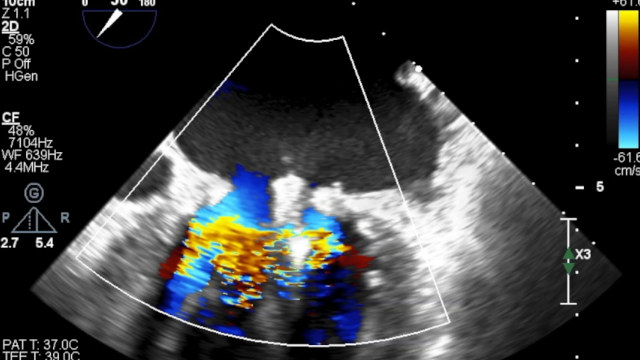3623 results for «2549»
3623 results
Update on coronary physiology in 2024
17 May 2024 – From EuroPCR 2024
This session provides an update on the available options for invasive coronary physiology in 2024. It reviews the latest evidence supporting the clinical adoption of invasive physiology indexes and shares practical tips and tricks for their application. Topics covered include CT-based physiology, pressure wire-based physiology, angiography-based...
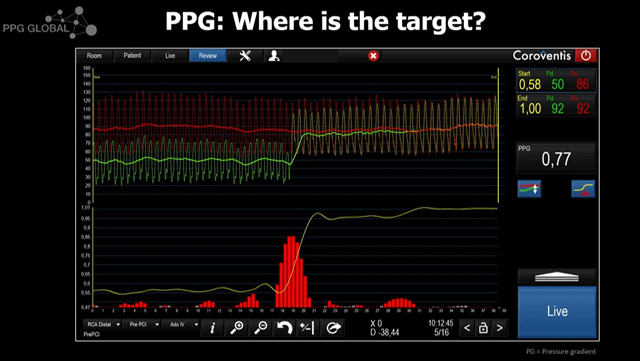
Complication occurring during PCI of calcified coronary lesions
17 May 2024 – From EuroPCR 2024
Join this in-depth session on the complications encountered during PCI of calcified coronary lesions, featuring real-world challenges like no flow with coronary dissection, stuck wires, and non-dilatable lesions. From the "Kokeshi phenomenon" to IVL-induced RCA dissection, this session highlights key lessons and red flags, emphasizing the...
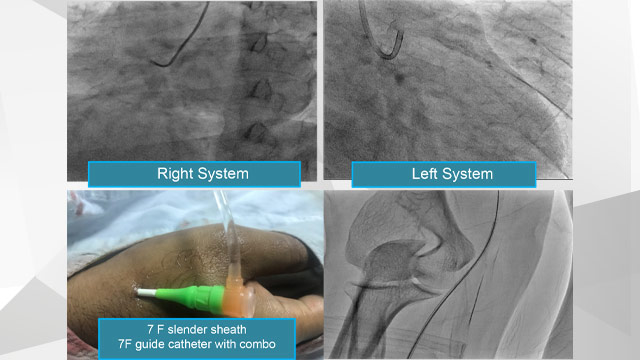
Scientific highlights, clinical trial updates and key learnings from EuroPCR 2024
17 May 2024 – From EuroPCR 2024
Davide Capodanno presents notable trial updates, coronary devices, and key takeaways from EuroPCR 2024. Highlights include the SOLVE-TAVI and IDEAL-LM trials at 5 years, BIOADAPTOR at 2 years, advancements in drug-coated balloons and DES, as well as insights from REC-CAGEFREE II, LANDMARK, and NOTION-2.
References
- SOLVE-TAVI: Feistritzer HJ, et al....

TAVR in challenging anatomies
17 May 2024 – From EuroPCR 2024
This session focuses on navigating TAVR procedures in complex anatomical scenarios. It covers topics such as optimizing the position of a TAVR valve in a stentless bioprosthesis, managing an unexpected deep position of a TAVR implant, dealing with a completely radiolucent failing surgical bioprosthetic valve, and...
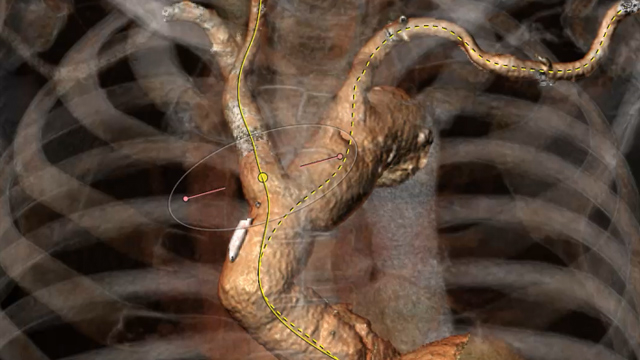
ACS: how to approach special clinical scenarios
17 May 2024 – From EuroPCR 2024
This session focuses on the management of acute coronary syndrome (ACS) in special clinical scenarios. It covers topics such as treating ACS with multivessel disease, managing an ACS and unstable patient, and addressing subacute myocardial infarction. The session features case presentations and discussions, providing insights and...
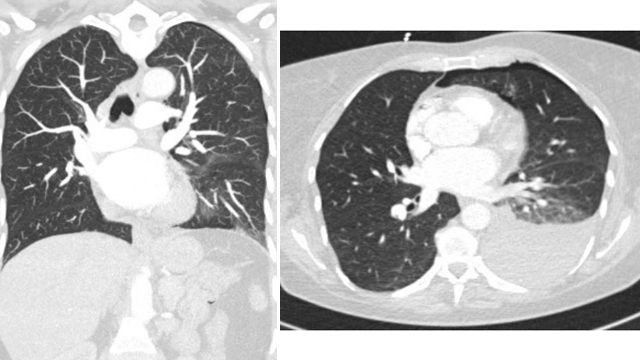
Thrombus management in a STEMI patient with high clot burden
17 May 2024 – From EuroPCR 2024
Discover the optimal timing for thrombus extraction and explore effective strategies for managing large thrombi. Learn about the latest tools and techniques, as well as the role of pharmacotherapy in supporting successful thrombus removal.
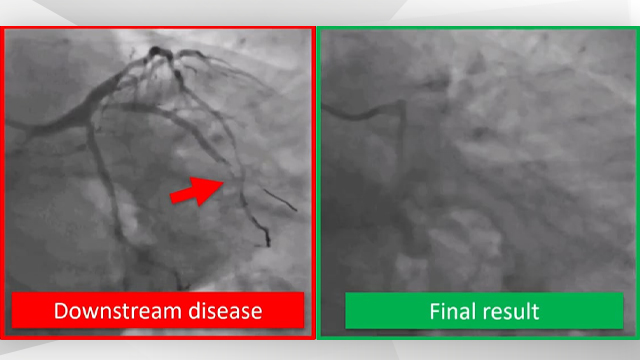
TAVI: how to prevent stroke
17 May 2024 – From EuroPCR 2024
This session focuses on strategies for preventing stroke during TAVI procedures. It features case presentations and discussions on the use of cerebral protection devices, including a novel full-body embolic protection device, and the management of complications such as cerebral hyperperfusion syndrome.
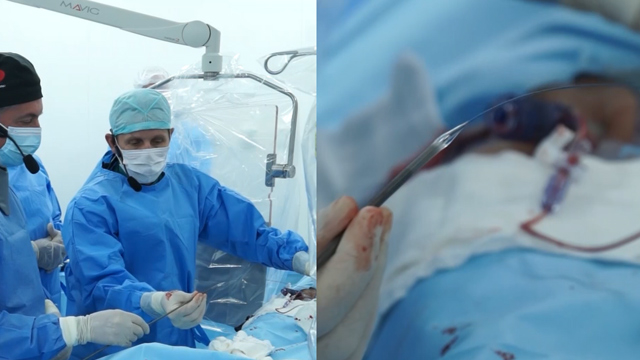
Cutting-edge abstracts on coronary and valvular interventions
04 Oct 2024 – From AICT-AsiaPCR 2024
Explore the latest research and advancements in coronary and valvular interventions through this session featuring selected abstracts from the AICT-AsiaPCR 2024 conference. Delve into topics ranging from the impact of radiation safety practices, innovative techniques for bifurcated left main interventions, and comparative analyses of intravascular lithotripsy...
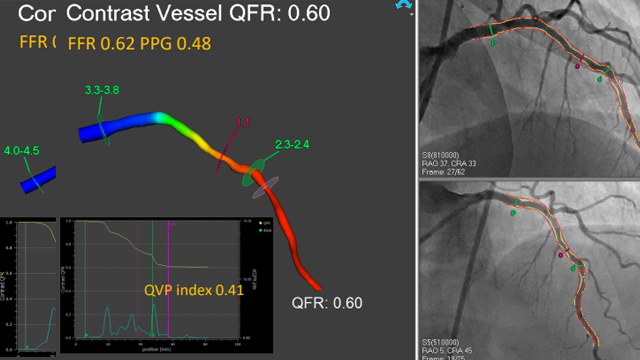
DCB and intracoronary imaging: Navigating complex coronary interventions
04 Oct 2024 – From AICT-AsiaPCR 2024
This session explores the use of drug-coated balloons (DCB) and intracoronary imaging techniques in complex coronary interventions. It features a series of case presentations highlighting the application of technologies like near-infrared spectroscopy (NIRS), intravascular ultrasound (IVUS), and physiology-guided approaches to optimize outcomes in challenging scenarios. The...
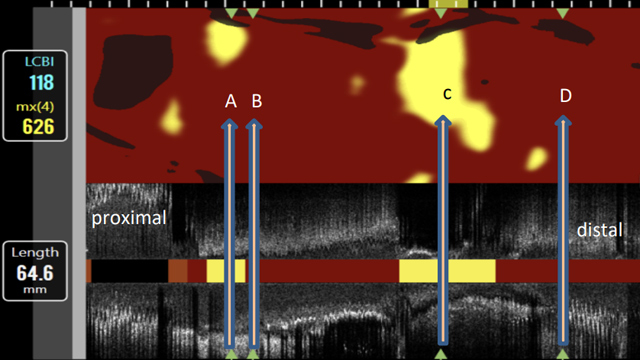
Image-guided PCI of distal left main disease
05 Oct 2024 – From AICT-AsiaPCR 2024
Exploring a recorded case of image-guided PCI of distal left main disease, as well as a new paradigm in AI-driven imaging, and learn how coronary imaging aids in decision-making, optimises final outcomes, and enhances stent clarity to guide results in complex PCI procedures. Watch now to deepen...

Think SMART! Valve precision and performance matters
05 Oct 2024 – From AICT-AsiaPCR 2024
Explore the impact of the SMART trial results on your practice and decision-making in TAVI. Learn how to achieve precision and control in challenging anatomy with the Evolut FX Platform. Discover the new Evolut FX System and how it can deliver optimal procedural outcomes for all...
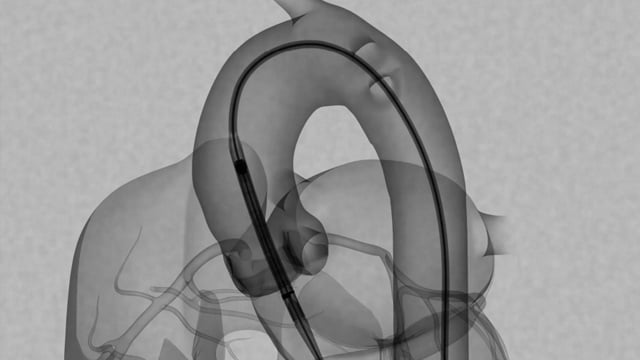
Tips and tricks for left main PCI
05 Oct 2024 – From AICT-AsiaPCR 2024
Dive into this comprehensive session to learn essential tips and tricks for tackling left main PCI. Gain insights on managing thrombus at the left main and providing hemodynamic support in low-resource settings. Discover techniques to handle complex lesions at the left main, and learn how to...
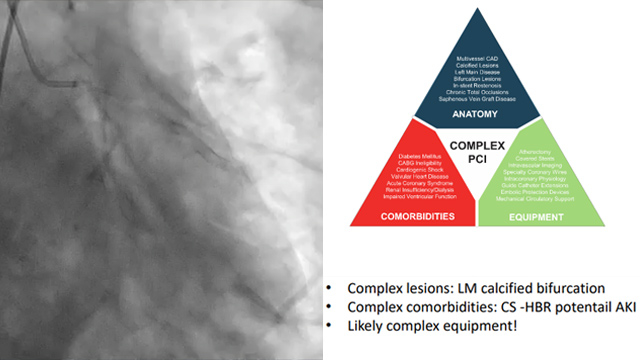
Tricuspid and other interventions for valvular disease
05 Oct 2024 – From AICT-AsiaPCR 2024
Immerse yourself in this captivating session featuring selected clinical case submissions from the AICT-AsiaPCR 2024 conference. Explore a wide range of interventional challenges, including device closure of ruptured sinus of Valsalva aneurysm, balloon valvotomy during pregnancy in a double orifice mitral valve, and unusual femoral complications....
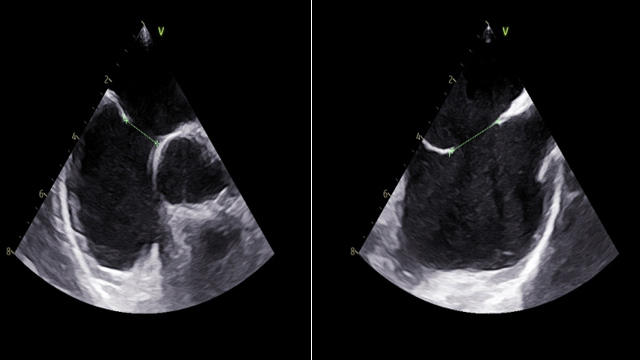
Latest advances in interventional cardiology: Top abstracts on TAVI, PCI, and mitral valve repair
04 Oct 2024 – From AICT-AsiaPCR 2024
Discover the cutting-edge research and innovative solutions presented in the 'Best Abstracts of AICT-AsiaPCR 2024' session. This curated selection showcases the latest advancements in interventional cardiology, from groundbreaking comparisons of transcatheter mitral valve repair techniques to the impact of cerebral embolic protection devices in TAVI procedures....
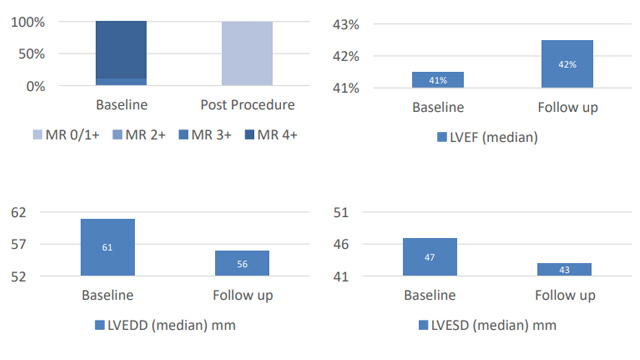
Navigating complex left main and multivessel coronary disease
05 Oct 2024 – From AICT-AsiaPCR 2024
Delve into the complexities of left main and multivessel disease in this captivating session, featuring selected AICT-AsiaPCR 2024 clinical case submissions. Witness expert cardiologists navigate intricate scenarios, from primary angioplasty of the left main with cardiogenic shock to the management of a complex left main bifurcation...
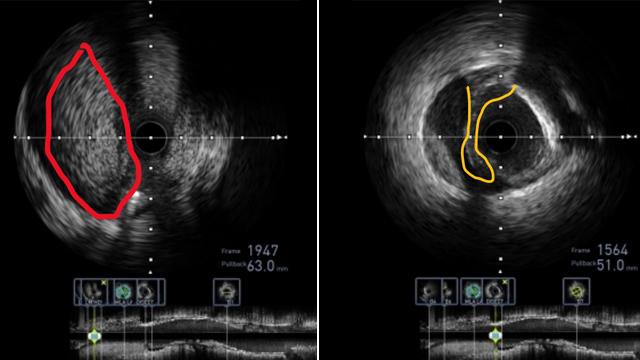
TAVI in bicuspid anatomy
08 Feb 2025 – From PCR Tokyo Valves 2025
Discover the key insights from this PCR Tokyo Valves 2025 session focused on TAVI in bicuspid anatomy. Learn why TAVI for bicuspid aortic stenosis (AS) shows comparable long-term outcomes to tricuspid AS in registry data, and understand the importance of patient selection, precise valve sizing, and...

M-TEER for primary mitral regurgitation
08 Feb 2025 – From PCR Tokyo Valves 2025
In this PCR Tokyo Valves 2025 session on M-TEER for primary mitral regurgitation, gain valuable insights starting with an overview of current TEER devices. Benefit from four case studies that highlight the features of these devices, explore strategies to prevent mitral regurgitation recurrence post-TEER, and delve...

M-TEER around the world
08 Feb 2025 – From PCR Tokyo Valves 2025
Explore the latest insights and advancements in the field of Mitral Transcatheter Edge-to-Edge Repair (M-TEER) from around the world. Discover a new anatomical risk score for predicting procedural outcomes, two-year outcomes from the MiCLASP study, the impact of regurgitant volume to left atrial volume ratio on...
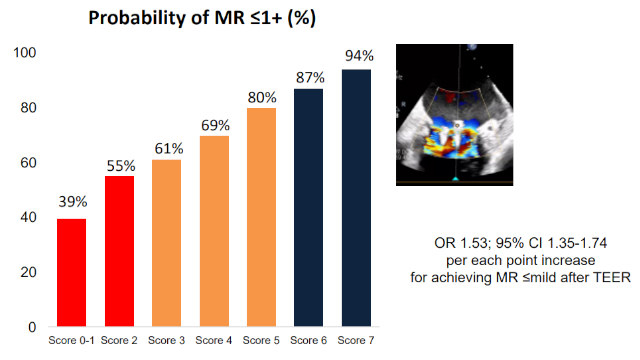
TAVI complications: hemolytic anemia, prosthetic valve endocarditis & stroke
08 Feb 2025 – From PCR Tokyo Valves 2025
Gain valuable insights into the management of complications associated with Transcatheter Aortic Valve Implantation (TAVI). Discover the latest evidence on hemolytic anemia, the predictive value of the hemoglobin to creatinine ratio, outcomes of transcarotid TAVI, a case study on prosthetic valve endocarditis, the role of diastolic...
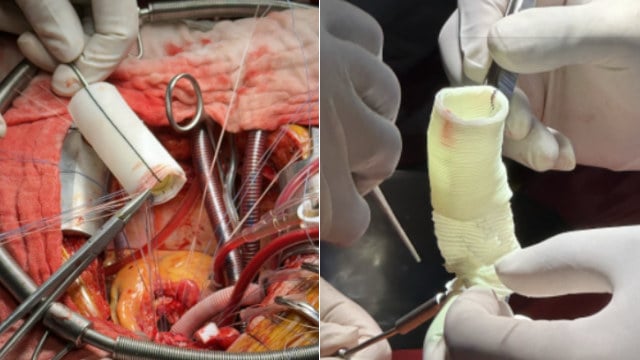
M-TEER difficult situation: small mitral valves, P2 prolapse & leaflet degeneration
08 Feb 2025 – From PCR Tokyo Valves 2025
Explore a series of challenging cases in Mitral Transcatheter Edge-to-Edge Repair (M-TEER), highlighting the versatility and adaptability of this technique. Discover how M-TEER can be successfully applied in patients with extremely small mitral valves, P2 prolapse supported by chordae from the posterior papillary muscle, wide prolapse...
